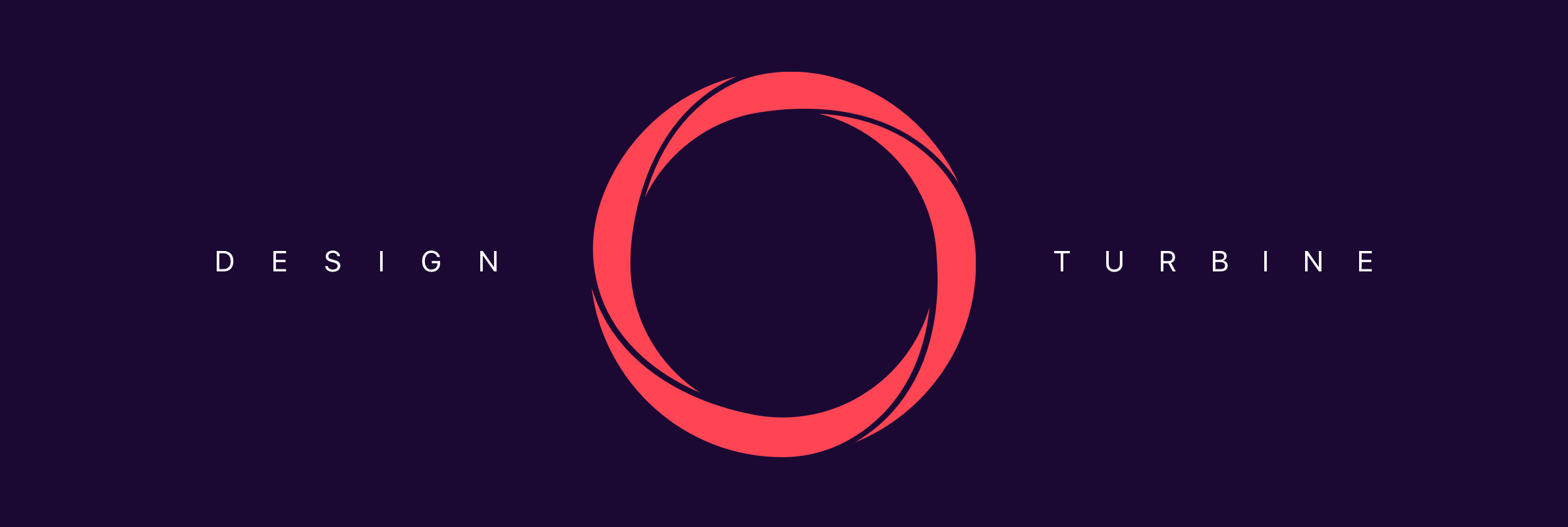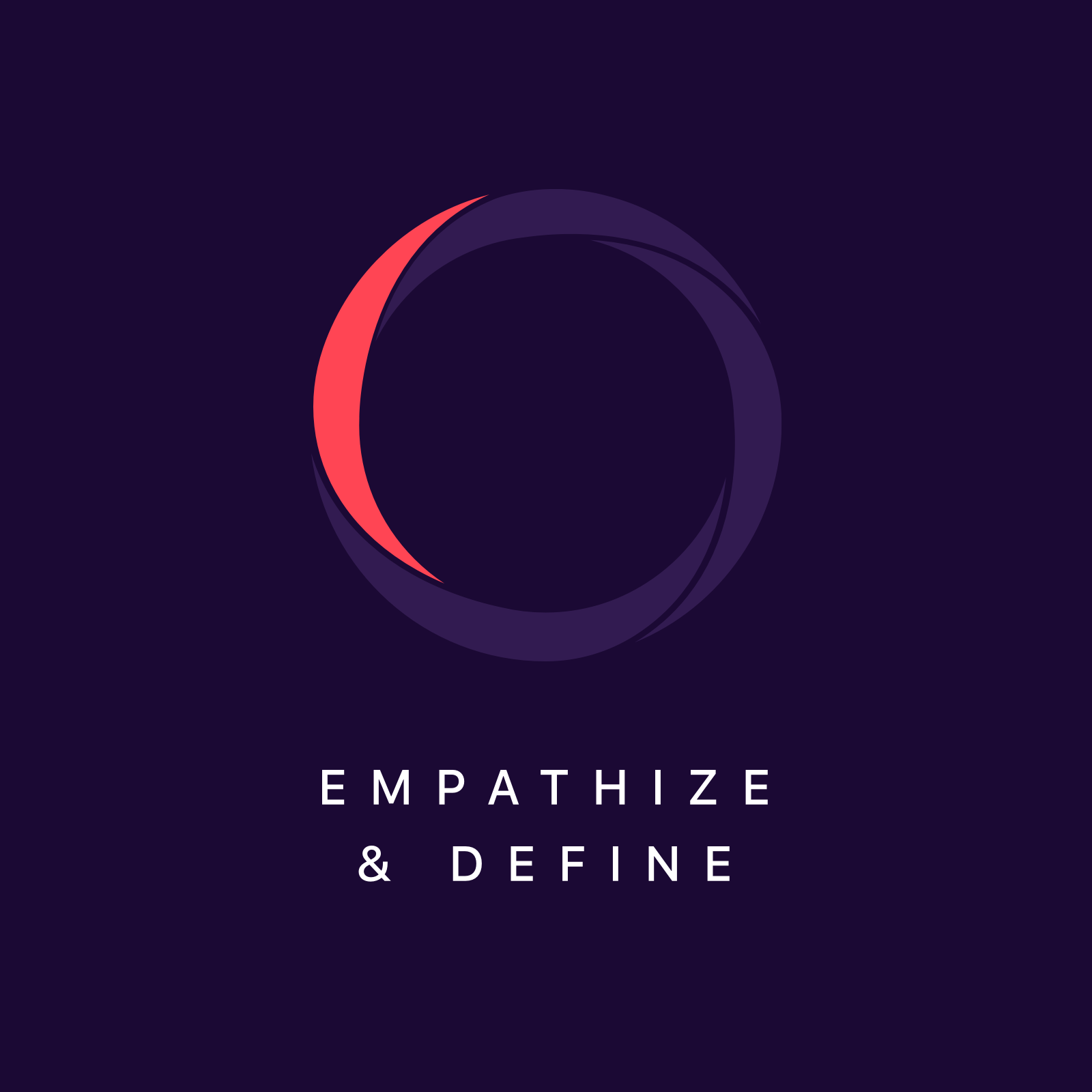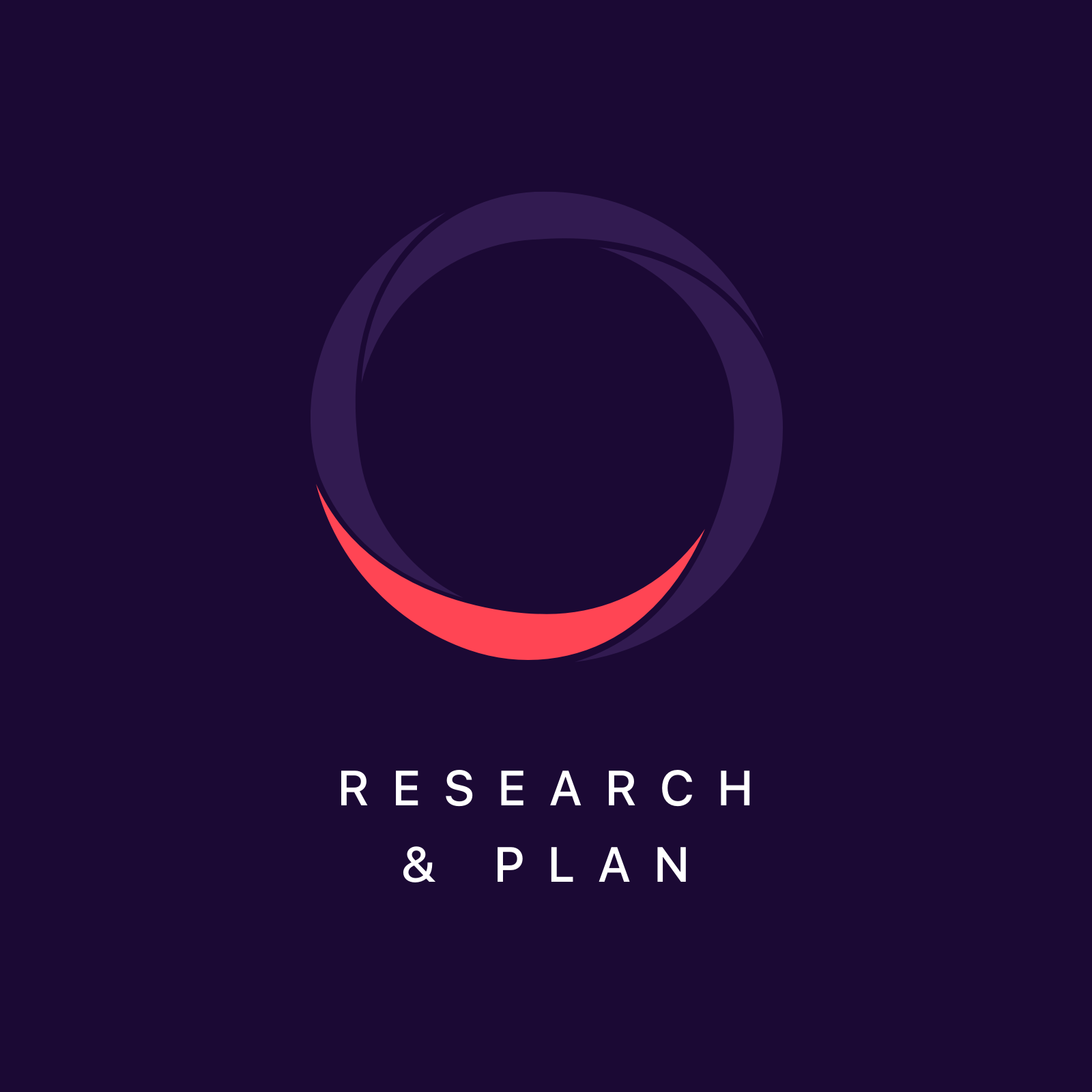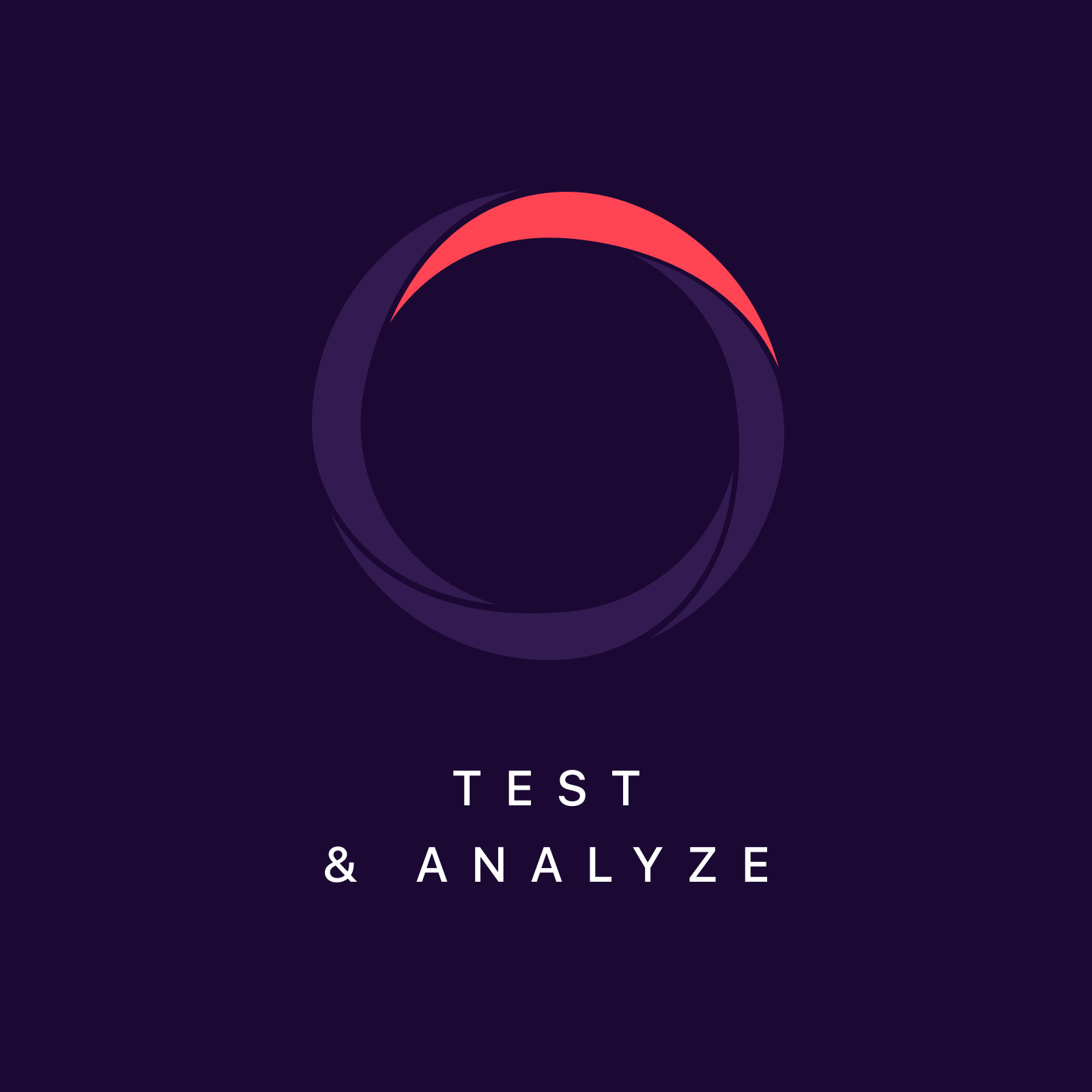
My Approach
I believe that great product design requires a collaborative effort that combines business strategy, technology and modern design thinking methodologies to produce user-centered experiences that drive real results for the business. It is an approach that underlines the concept that form equals function. Product design is not simply about the visual "what", nor is it only about the functional "how". It is about balancing both to deliver delightful and effective products that put the users front and center.
I believe this is accomplished best through a collaborative and transparent environment – and although the design is solely the job of the design staff, it is everyone's responsibility through each and every iterative product lifecycle.
In the wise words of the late Steve Jobs,
"Most people make the mistake of thinking design is what it looks like. People think it's this veneer – that the designers are handed a box and told, "Make it look good!" That's not what we think design is. It's not just what it looks like and feels like. Design is how it works."
My Process
An efficient and realistic approach to design thinking is a crucial part of any design team's workflow and success. Through my experiences, I was inspired to create a version of my own that I believe best represents the proper product design lifecycle. A design thinking method called the "Design Turbine". Inspired by jet engine turbines – vital pieces of engineering, design and science that power and propel forward flight through rapid revolutions while delivering a seamless end-to-end experience for its users.
This process focuses on four main pillars of design thinking:

Empathize & Define
Empathize & Define
Start each task by empathizing with your users by understanding their real world needs through user feedback and analytics.
- Understand your user's needs
- Define the user goals
- Define the business goals

Research & Plan
Observe user feedback and data to begin formulating a strategy that solved the problems you previously defined.
- Observe user feedback
- Leverage Qual. & Quant. user data
- Assess product / feature landscape
- Formulate your strategy

Design & Iterate
Start creating and utilize rapid iteration to arrive at your best options more efficiently. Have multiple options for testing ready.
- Design Ideation
- Rapid Iterations
- Multiple solutions for testing

Test & Analyze
Prototype your designs and leverage UX research to deliver your final solution. Monitor the release, gather quantitative data and performance metrics.
- Prototype designs
- Conduct UX testing & research
- Deliver & monitor release
- Gather quant. data and metrics